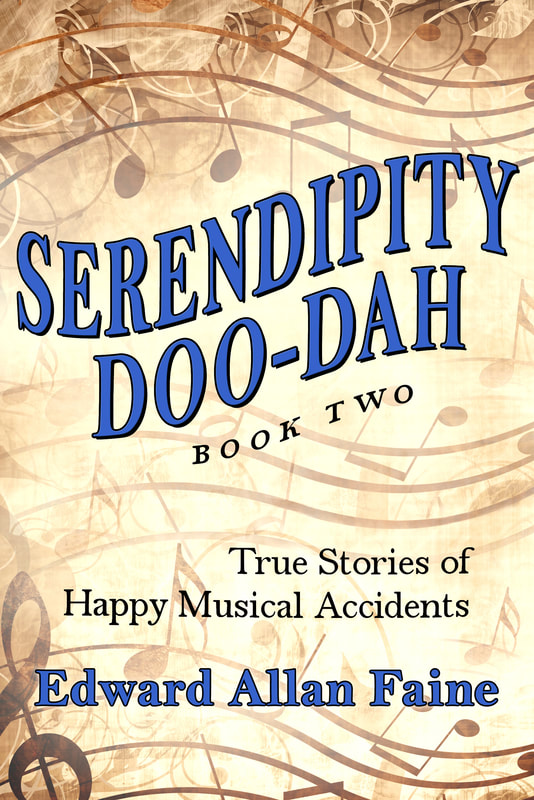There it was, right before my eyes, my collection history as a young man, a lot of which I had forgotten, largely because as of late, I had only sporadically selected an LP or two every so often to play. Now, thanks to discogs.com, I could take a nostalgic jazz trip down memory lane.
Of course, I remembered that I was the sort of aficionado who would fall madly in love with a particular artist’s music and then snap up every subsequent album he or she produced, whenever and wherever I could. And perhaps, not too much of a surprise, as can be seen below, Miles Davis tops the list with 29 LPs.
Looking at the rest of the top nine, I discovered a number of—what shall we call them—experimentalists, new thing, new wave, avant-garde musicians.
Obviously, I fell in love with the music of an eclectic mix of jazz people:
| 29: 23: 19: 19: 16: 15: 13: 9: 9: | Trumpeter Miles Davis Saxophonist Art Pepper Saxophonist Charlie Parker Pianist Abdullah Ibrahim Keyboardist/bandleader Sun Ra Tenor saxophonist Archie Shepp Trumpeter Don Cherry Pianist/composer Andrew Hill Art Ensemble of Chicago |
| 8: 7: 6: 5: | Anthony Davis, David Murray, Henry Threadgill Dizzy Gillespie, Wayne Shorter, Red Garland, Marion Brown, Stan Getz, Ran Blake, Charles Mingus, Roscoe Mitchell Modern Jazz Quartet, Arthur Blythe, Bill Evans, John Coltrane, Art Farmer, Oliver Nelson, Don Pullen, Chico Freeman, Oliver Lake, Thelonious Monk, Mal Waldron George Russell, Sonny Rollins, Muhal Richards Abrams, Lester Bowie, and Jack DeJohnette |
Based on the information above, I can see that 50 percent of my LP collection consists of multiple buys (5 and above) from 36 artists. Further, over a thirty-year period beginning in 1954, I was a fan with eclectic tastes, preferring a diverse mix of—shall we say—traditionalists (Parker, Gillespie, Pepper) and avant-garde musicians (Shepp, Art Ensemble, Pullen).
But this is not the whole story.
What about the rest of my collection, the remaining 50 percent that consists of four, three, or fewer per artist, representing a number of singular, transcendent one-of-kind albums?
I'll examine those in my next blog.




 RSS Feed
RSS Feed